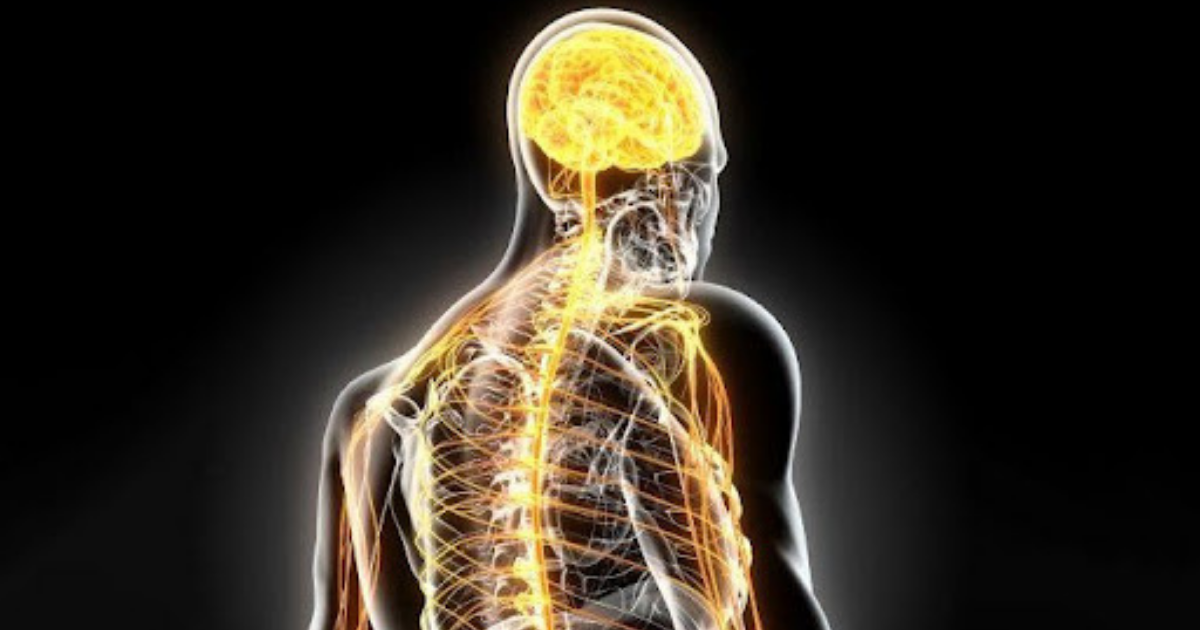Researchers around the globe and over many decades have been struggling to solve the mystery of how to reverse paralysis caused by injuries of the spinal cord. Now the hope appears to be at hand which is demonstrated by a preclinical therapy in which an injection developed by Northwestern University, Evanston, Illinois researchers is used to regenerate nerve cells in spinal cord injuries. This injection helped mice regain their ability to walk again with no impairment as such. However human clinical trials are yet to be carried out. So another experimental therapy using a novel drug named NVG-291 has achieved a step ahead results with laboratory rodents by enabling even previously paralysed rats to climb tiny ladders has come into picture.
NervGen Pharma Corporation, a Canadian life sciences company has rights to this innovation named NVG-291 made by Dr. Jerry Silver who is a leading global expert on spinal cord injury and is also a professor of Neurosciences at Case Western Reserve University, Cleveland, Ohio. This drug is presently undergoing phase 1 human trials to check on its safety and lack of toxicity in healthy human trial volunteers and is being prepared for pivotal phase 2 human trials to be conducted in 2022 to test it for the first time in humans suffering from a range of debilitating spinal cord injuries and other nerve damages. The results are expected to be positive due to the surprising similarity between the central nervous system of humans and rats.

The achievement with NVG-291 is exciting because till date the pharmaceutical industry has not been able to bring any effective drug in the market which is able to repair injured nerves and allow patients to regain or improve key bodily functions. The uniqueness of this drug is that it is designed to heal nerve damage by unleashing the body’s natural ability to repair itself and actually creates new neural pathways via the extraordinary process of neural plasticity. Thus this drug empowers sprouting or growth and fortification of healthy neurons thereby allowing regeneration and rejuvenation both at the site of injuries such as the brain or spinal column.
Dr. Silver was the first to identify a class of molecules in the central nervous system called chondroitin sulphate proteoglycans (CSPGs) which inhibit the sprouting and regeneration of neurons. Euphoria struck him when he found out that axons are freed from the debilitating effects of CSPGs when treated with NVG-291 which is a peptide (protein) that works by targeting the specific receptor ‘tyrosine phosphatase sigma’ (PTP) that blocks nerve repair following injury. This new drug also showed considerable promise in the treatment of multiple sclerosis, Alzheimer’s disease, stroke and traumatic brain injury. So phase 2 trials will also be done for the above stated diseases. Independently some other scientists in a German Laboratory have replicated this work by using doses of NVG-291that were 50 times more powerful. As a result their study achieved even better outcomes with no toxicity issue with the rats from using such high doses.
Such efforts of researchers have raised hope that this technology can improve the lives of tens of millions of people worldwide who suffer from nerve damage. The researchers are confident that they are working in the right direction and a breakthrough in the treatment of spinal injuries will emerge soon.
SOURCE: https://www.bloomberg.com/press-releases/2021-04-08/nervgen-pharma-reports-2020-year-end-results


Dr Silver;
However this turns-out, Thank You for All you’ve done for Society.
You will Live in Our Hearts Forever.
You are a Good Man and That’s Priceless in Life.
Respectfully;
Rod Kalisek
Spain cord injury treatment Det
Dear Dr. Silver, As someone suffering from PPMS, I applaud and am encouraged by your work. Thank you, thank you, thank you.
D. Salvati